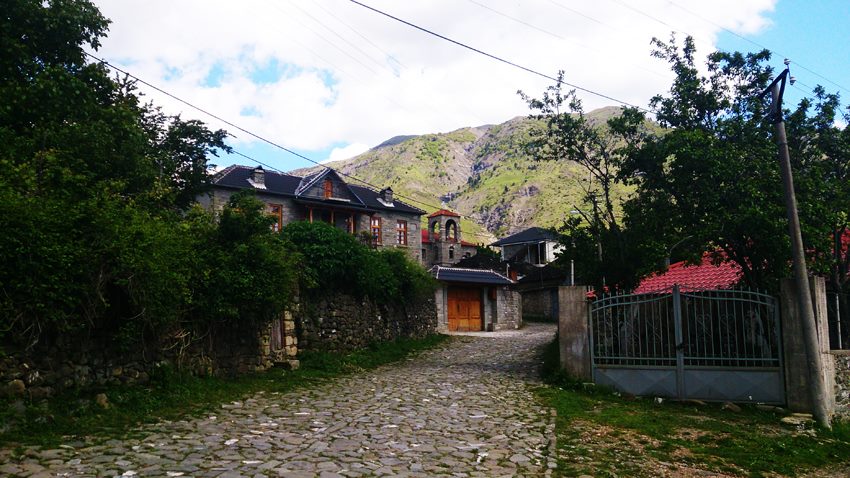TIRANE, November 18
“What a beautiful land! When Albania will be proclaimed a republic, I’m going to build a hut here and every year I will spend my summer vacations in the village of my great-grandparents.”
This is what Fan Noli, one of the greatest Albanian personalities and intellectuals said over a century ago while travelling in Kolonja region. His quote was carved on stone and catches the eye of the tourists that visit the area, mostly hikers and climbers that walk to the top of Gramozi Mountain, which reaches a height of 2,400 meters above the sea level.
 Gramozi Mountain, Photo Credit: Fation Plaku Photography
Gramozi Mountain, Photo Credit: Fation Plaku Photography
Kolonja is one of Albania’s best-kept secret areas for nature lovers and its remote villages are drawing tourist attention. One of them is Rehova. It looked like spirited away by time, until, a few days ago when it was declared a protected historic centre.
The village is known for its natural beauty, rich cultural heritage, unique regional cuisine, hospitality and especially stone carving. Located at the bottom of Gramozi Mountain, in Kolonja region, it was finely built by master stonemasons. Thanks to their skills, Rehova has now a unique tourist attraction, ‘The Route of Gates’. One of the things that can be easily noticed while walking the cobbled alley in the old part of the village is the artwork in portico entry gates. They still preserve the images carved by stonemasons in the late 19th century.

Minister of Culture Mirela Kumbaro explained to the inhabitants of the village that the Route of Gates itinerary will help to revitalise Rehova.
The historic centre of the village preserves architectural values and various types of buildings such as social facilities, objects of cult and traditional dwellings. The protected area includes all the existing buildings organised in a traditional structure. They are built around the church and the main square.
All buildings are made of stone and have stone carved portico gates. Meanwhile, the church of the village is located at the heart of the village. It was built in 1820 while its iconostasis is preserved at the national Museum of Medieval Art in Korca as a precious piece of the Byzantine art collection.
Below are some interesting photos of stoe carved images.
News Source/Photo Credit: kultura.gov.al








Leave a Reply
You must be logged in to post a comment.